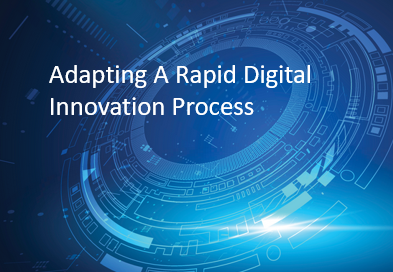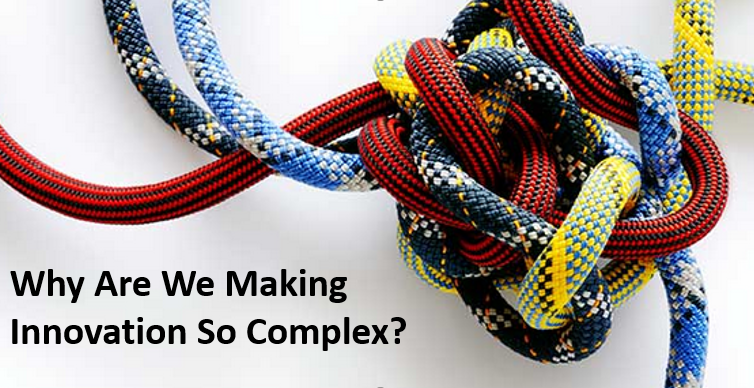 I want to offer some thoughts that need us all involved in innovation to think about as we finish out 2018.
I want to offer some thoughts that need us all involved in innovation to think about as we finish out 2018.
If you are frustrated with your current innovation process then read on. If you are not, then simply “click away” and certainly my best wishes by ignoring a very changing innovation world that we are all undergoing.
The reality is we are all moving towards becoming “Digital Enterprises”. Digital transformation is deepening into an enterprise-wide movement. and is modernizing how companies work.
As these Digital Enterprises effectively adapt and grow in an evolving digital economy, then it is clear that innovation certainly needs to be part of this but is it digitally ready? I think not. Much of the current innovation process you are currently working with is a Dinosaur, it should have disappeared long ago. Can we manage innovation the way many still are?
Innovation, in my view and many others, is rapidly becoming even more complex. Risks are actually rising not falling. Products continue not to meet customer needs in multiple ways. Without the “connected digital difference,” products are remaining limited in their appeal. Innovation is struggling to really perform and unleash breakthrough products due to many ‘inbuilt’ inhibitors. We need a radical redesign of the innovation process and that is becoming full connected up and have a distinct digital thread running through it. We need to think about complete digital innovation solutions in the future.








